People are increasingly purchasing clothing, food, toys, and even furniture online. People used to buy furniture, such as a sofa or a bed, solely after seeing and touching it. You want to “try” the product before purchasing it. When you buy a bed, you lie down on it. When you buy a sofa, you sit on it.
This is the most effective method of determining comfort and quality. Despite this limitation, the number of internet furniture businesses is growing and has become a profitable company. We do almost everything online these days, including shopping. As a result, there has never been a better moment to be in e-commerce.
There are certainly customers out there looking for your bespoke furniture, but you’re lacking a key link between you and those purchases. That link is a well-designed website that allows interested buyers to easily locate you and see what you have to offer. The design must help in the sale of items or accurately depict existing models without impeding others. Furthermore, designing a furniture website is more difficult.
It’s all about inspiration and invention. Many furniture store websites are crowded, difficult to browse, and frequently lack conversion tools or calls to action that attract buyers to stay on the furniture website, conduct research, and eventually buy from their furniture company prior to assessing and improving the site.
Any webshop should be created with the demands of the target audience in mind to achieve a high conversion rate. If you want to grasp the intricacies of furniture e-commerce and how to gain consumers in this specific area. How can you create an e-commerce site that has items flying off your virtual shelves?
Here are some of the best e-commerce web design suggestions to enable you to take your furniture store towards the next stage:
Navigation is the backbone of your furniture eCommerce store
Create a UX-focused navigation bar grouped by categories such as Living Room, Kitchen, Bedroom, and so on. Use a drop-down menu to display product subcategories that come under each primary category, such as Sofas, Coffee Tables, Ottomans, and so on. It’s not a good idea to reinvent the wheel when it comes to navigation. Consider your customers’ point of view. Create a UI/UX Design Strategy. You can increase site traffic, turn visitors into purchases, and generate more repeat business by dazzling visitors with a strong UI/UX design.
Keep things simple
By far the most significant furniture design advice is to keep things simple. Some website designers attempt to produce a distinctive and catchy design in an unusual manner.
They have a tendency to overburden the site with features such as chats, dozens of pages with various unneeded statistics or information, and other solutions that are debatable for the present niche. It’s difficult to buy something when there’s so much information out there. As a result, overloading the layouts of web design for furniture businesses becomes a fatal option.
Make branding a priority
When considering online purchasing, people prefer to buy from well-known companies rather than anonymous e-commerce sites that appear to be a ruse to steal their credit card information. If you want to establish the trust necessary to drive real sales with your e-commerce firm, you must give your branding some serious attention.
Your branding is like the DNA of your e-commerce business; it represents who you are as a company, what you stand for, and how you vary from your competitors—and it is critical to connecting with your audience and generating sales.
Use high-quality images
Nobody is going to buy anything they haven’t seen. If you want customers to buy your items, you must show them what they’re getting with high-quality product photos.
Having excellent photographs of all your items (and images of your products from numerous perspectives) goes a long way toward instilling confidence and trust in your consumers. They are more inclined to buy if they are convinced that they know what they are doing.
However, if there are no photos of the goods they want to buy (or only a single, low-quality image), they will be more hesitant to purchase—and your conversions will suffer as a result.
Customization opportunities
The concept of “beauty” is very subjective. However, when it comes to online design, “good looks” typically refers to a user-friendly layout, aesthetically attractive typography and iconography, clear images, and other on-site design aspects that set your shop apart from the competition.
If your ecommerce website doesn’t have customization capabilities and appealing ready-to-use templates, you will be forced to fit into the same mold as numerous other businesses, with no space to demonstrate how your brand distinguishes out.
Provide meaningful content
Because it is an online furniture company, its primary objective is to sell furniture as quickly and easily as possible. Consider how to structure the material on your website to do this. Try to figure out where you should put your items for ease of usage. It’s another user-friendly feature.
Create the conditions so that the customer does not have a bad purchasing experience. You will sell more if the user can obtain all the needed information in a few clicks. Such a strategy benefits retail.
Product descriptions with as many details as possible
Colors, furniture size and weight, materials used, model name, furniture usage, delivery time, location of origin, and guarantee are all required. High-quality product images with zoom and a 360-degree perspective. When purchasing tangible items, visual appearance is critical.
Online support can be obtained through a live chat with a salesperson or through a chatbot. You may even give a more premium service by showing genuine items from your store via live video chat.
Make checkout a breeze
Customers will leave if your checkout procedure is a headache in the you-know-what. If you want customers to buy from you, you should make the purchasing experience as easy, straightforward, and painless as possible.
Maintain a clean, straightforward, and easy-to-navigate checkout page design. Allow your consumers to register for your site or check out as a guest.
Ensure color harmony
Everything is determined by the color scheme. It’s frequently the section that people bring up the most. Use neutral, non-aggressive hues and tones.
The explanation is simple: excessively bright, obnoxious, or provocative colors might divert a customer’s attention away from the goods you’re attempting to sell. Such an attitude is detrimental to the overall sales process.
The same concept applies to effects, textures, and so forth. You may utilize them to make the design more inventive and unique, but don’t go overboard. Make certain that this attractiveness does not detract from the primary section of the site.
Mobile responsive
As 46 percent of buyers complete their whole buying process (from research to purchase) on smartphones, your website will be missing out on a lot of sales if it is not mobile-friendly.
A flexible e-commerce platform ensures that visitors from all types of devices enjoy the same fantastic on-site experience, regardless of design restrictions.
Think like a website visitor
Consider yourself a website visitor. If you want your e-commerce website design to connect with your target audience, you must think like them.
Finally, your potential consumers expect a few things from an e-commerce experience: a site that is easy to use, well-designed, and makes the purchasing process simple, straightforward, and hassle-free. And if you want your e-commerce store to flourish, you should provide them with such items.
Merchandising
Retailers may personalize multiple product suggestions throughout an omnichannel website by evaluating a consumer’s real-time browsing patterns, preferences, and purchase history. This information assists customers in locating superior alternatives, add-on goods, or packaged collections.
When merchants combine broad consumer data with a shopper’s behavior, they might propose various items, such as “Customers Who Bought This Item Also Bought.”
Customer Management
Customers should be able to create, access, and manage their accounts using a dashboard on an eCommerce customer portal. Customer Accounts can assist to increase recurring purchases while also improving customer relationships.
Customers may access open orders, order history, check delivery status, alter a delivery date, and save payment and shipping methods by creating an account. This enables a quicker checkout process.
Coupon fields for discount vouchers
The empty fields might be put near the checkout or total price to make them easier to locate for purchasers. Another option is to position them to the side or partially hidden. This will keep consumers who do not have vouchers from leaving your sales page in search of discounts.
Always keep the consumer in mind while deciding what modifications to make to your furniture business website. Those furniture design suggestions will come in helpful when creating a design for attractive furniture websites. Designing an e-commerce website might be difficult, but now that you’ve learned the top web design ideas for e-commerce, you’ll have everything you need to create a site that not only looks great but converts like crazy.
Your objective is to offer unique value to their buying experience while also providing website visitors with a wonderful online furniture showroom experience that will motivate them to visit you in person.
The post Web design tips for creating furniture websites that convert first appeared on Web Design Dev.
via https://ift.tt/3oHa9ou
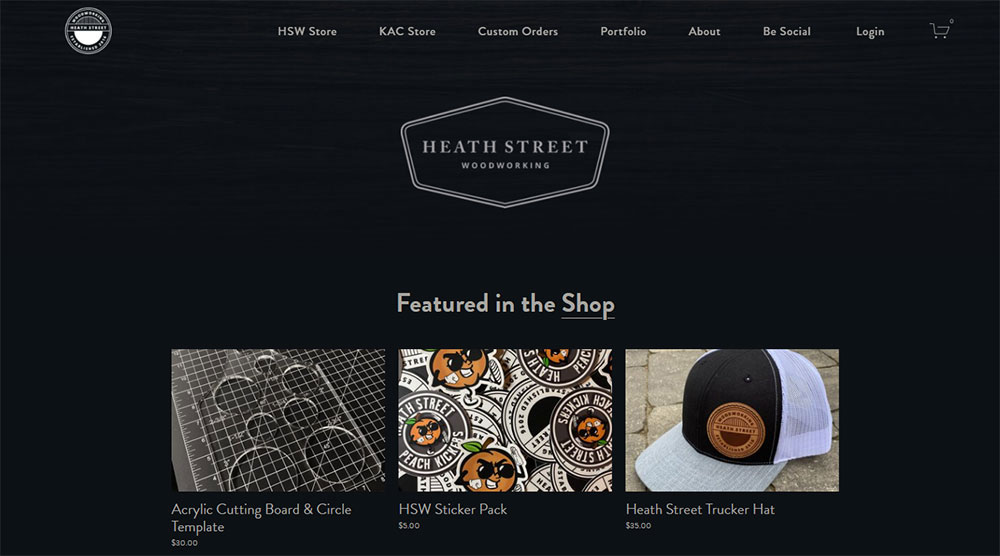
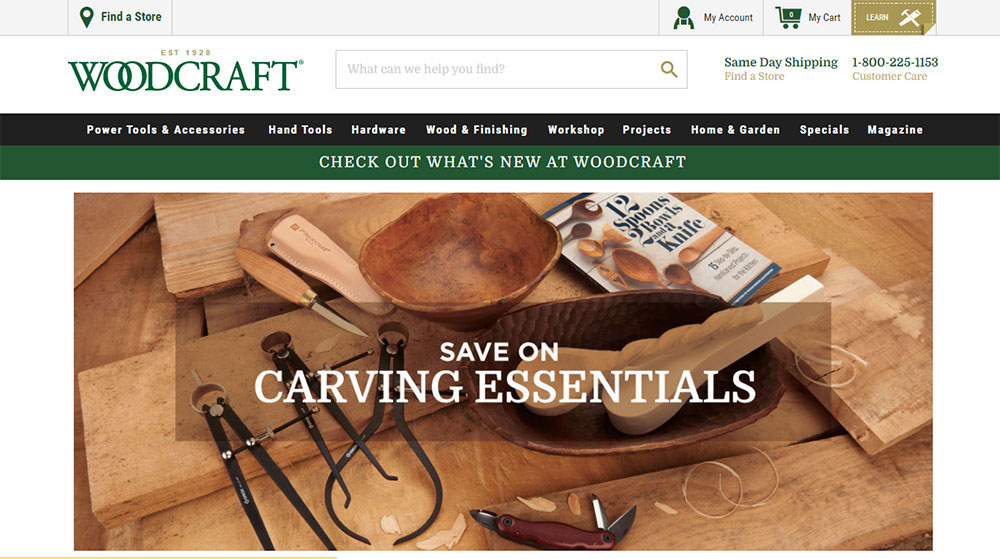
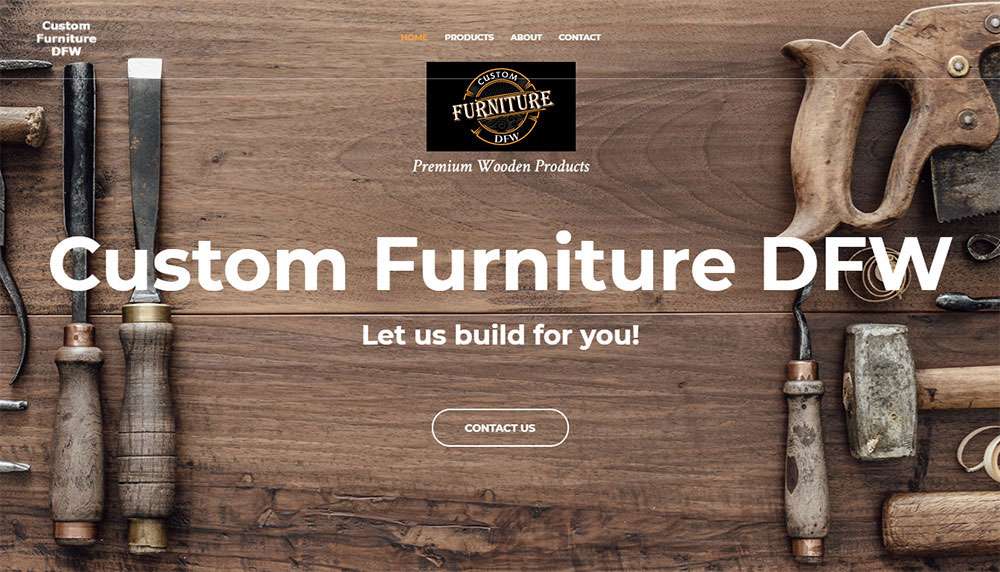
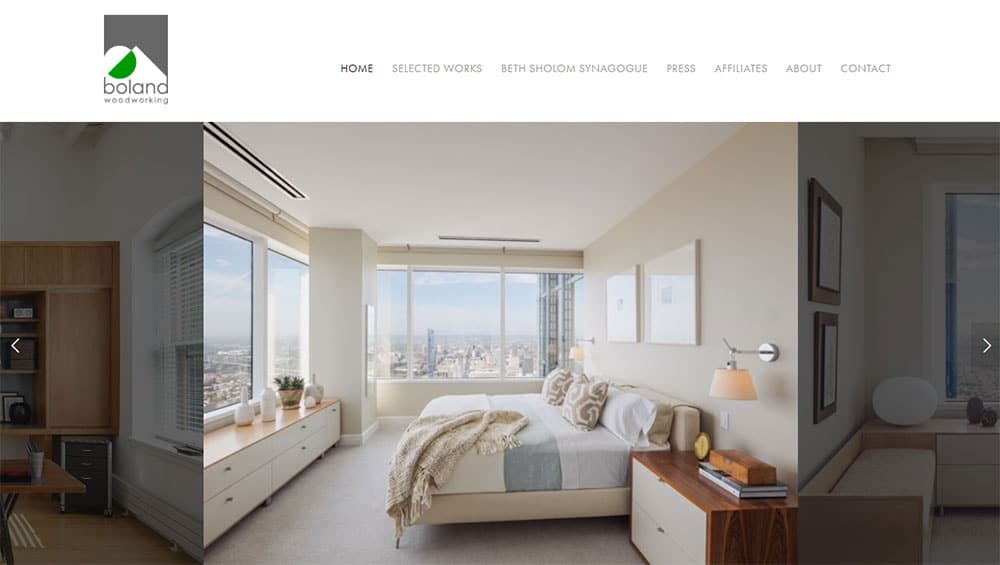

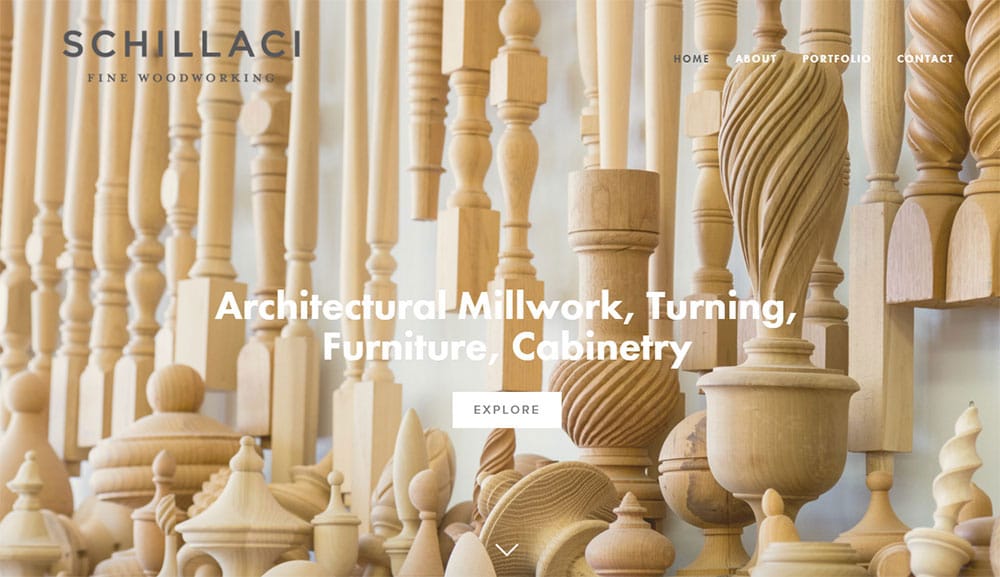


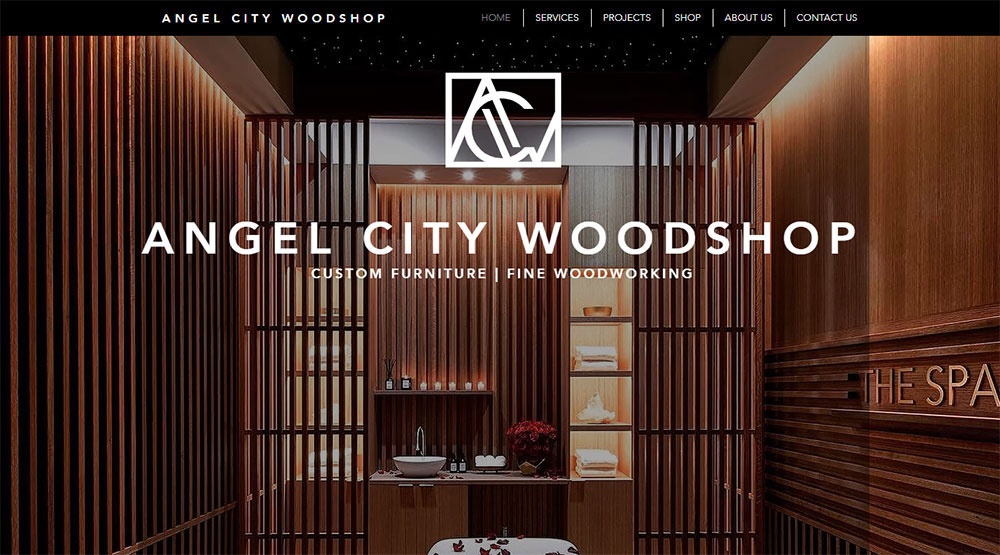

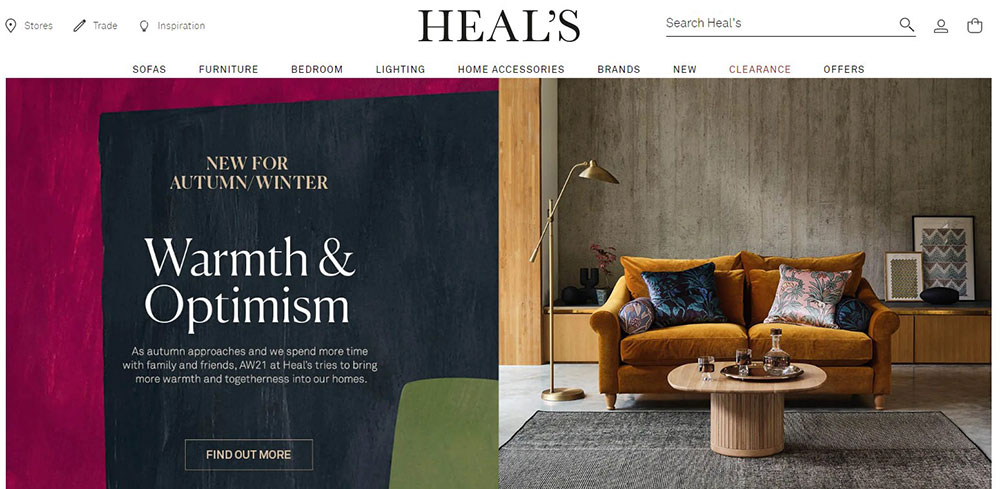

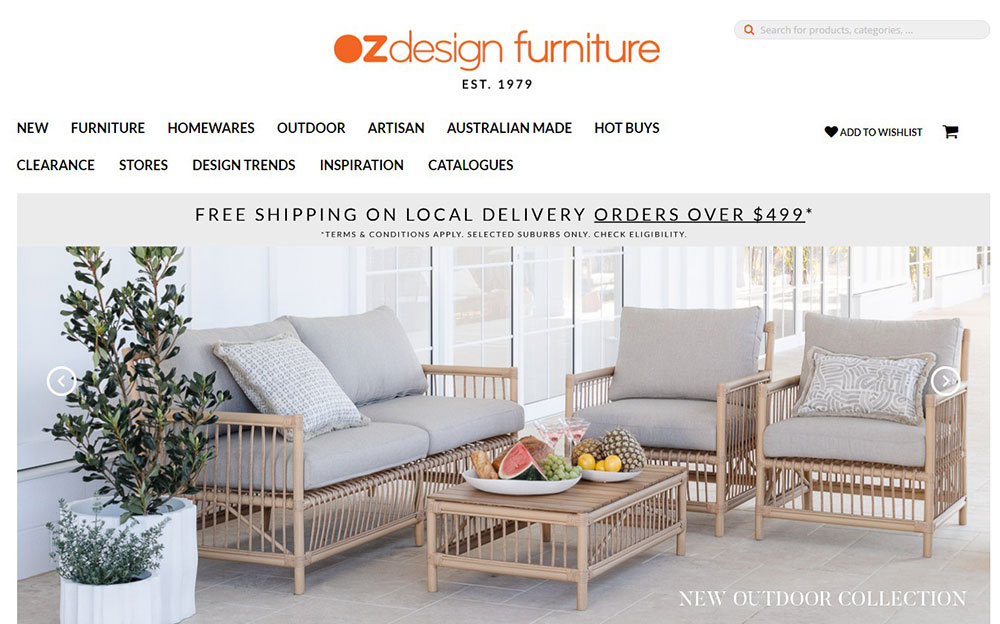


No comments:
Post a Comment